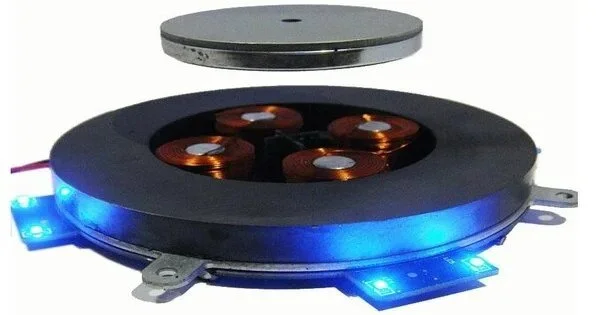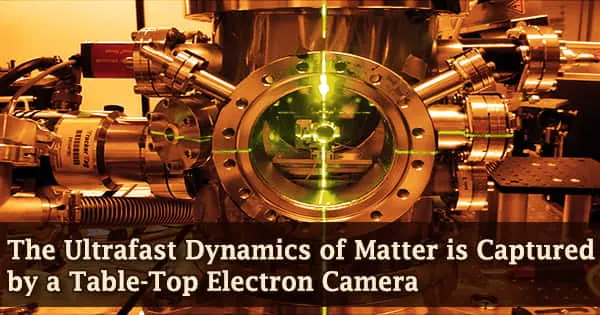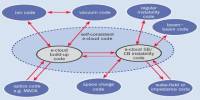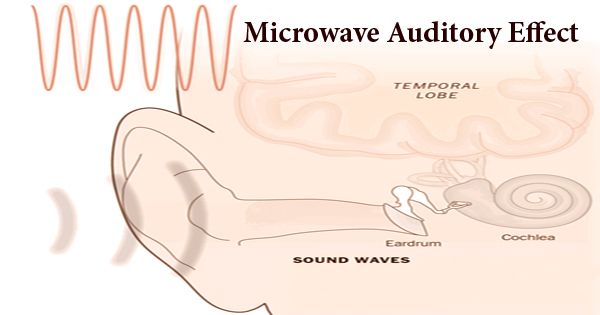Magnetic levitation (maglev) or magnetic suspension is a method of suspending an object using only magnetic fields as support. It is a technique for suspending an object, typically a vehicle or a train, by using magnetic fields to counteract gravity. The magnetic force is used to counteract the effects of gravity and other forces. It enables the object to float and move freely without making physical contact with the ground or supporting surfaces.
Maglev technology is frequently used for high-speed transportation systems because it has lower friction and the potential for faster speeds than traditional wheeled transportation methods.
Lifting forces: providing an upward force sufficient to counteract gravity, and stability: ensuring that the system does not spontaneously slide or flip into a configuration where the lift is neutralized are the two primary issues involved in magnetic levitation.
There are two main types of maglev systems: electromagnetic suspension (EMS) and electrodynamic suspension (EDS).
- Electromagnetic Suspension (EMS): Using powerful electromagnets, the vehicle is levitated above the guideway (the track) in this system. These magnets generate a powerful magnetic field, which repels the magnets embedded in the guideway. The repulsion force between the magnets suspends the vehicle in the air, allowing it to move freely along the track.
- Electrodynamic Suspension (EDS): EDS maglev systems generate levitation by using superconducting magnets on the vehicle and induced currents in the guideway. When the vehicle’s superconducting magnets pass over the guideway, they induce a current in it. The interaction of the magnetic field produced by the induced current and the magnetic field produced by the magnets produces a repulsive force that lifts the vehicle off the ground.
Application
Magnetic levitation technology is used in maglev trains, contactless melting, magnetic bearings, and product display. Maglev technology isn’t just for transportation systems. It has also found use in a variety of other fields, including magnetic levitation displays, magnetic bearings for rotating machinery, and experimental levitating transportation pods for urban commuting.
Maglev trains have a number of advantages over traditional trains. There is virtually no friction because there is no physical contact with the track, resulting in less wear and tear on the system and lower maintenance costs. The lack of wheels also eliminates the noise and vibrations associated with traditional trains, resulting in a more comfortable and quiet ride. Maglev systems have the potential to outperform conventional trains and even some aircraft in terms of speed.
















